Three Effective A/B Tests for Online Stores to Run
Posted on July 16, 2019 (Last Updated: February 27, 2024)
The conversion funnel for many online stores can be pretty "leaky."
If you analyse yours right now, you'll most likely notice a large >50% drop-off at the very first stage itself! These are leads that leave your store, without even viewing a single product.
From the leads that do hang around, an average of just 14.5% adds products to their cart.
And from these, only 3.3% move past the Add-to-Cart checkpoint and actually end up buying from you.
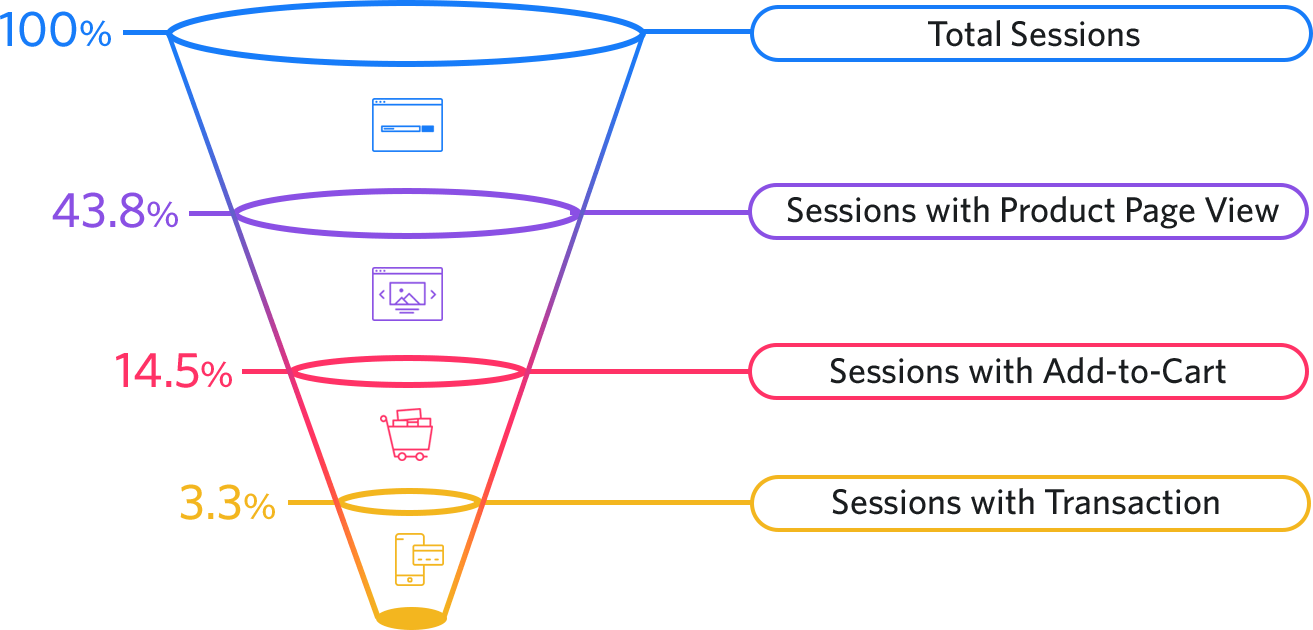
A typical eCommerce conversion funnel (source: SmartInsights).
Disappointing, isn't it?
To bring so many leads to your store only to see so few make a purchase ...
BUT… you can fix this.
You can plug the leaks in your store's conversion funnel.
How?
By addressing your buyers' key objections and frustrations that cause them. In fact, conversion optimization and A/B tests are all about this.
A/B testing tools power thousands of A/B tests for hundreds of eCommerce businesses. We routinely see deceptively simple A/B tests producing double digit improvements in the conversion rates for stores. Most of the winning A/B tests are also so straightforward that any online store can implement them. All it takes is a simple A/B testing tool and some (mostly free) research tools.
So let's see three such examples of almost-guaranteed-to-work A/B tests for your online store. We'll also dive deep into how you can come up with the “treatment” to test against your original experiences.
Here goes…
#1: A/B test your products' USPs
Although a USP looks like a simple one-liner, its impact on conversions is very real and can be huge. In fact, testing the USP alone -- adding one to a product page or testing an existing one against a more compelling version -- can win big for an online store.
One of the least effort-intensive A/B tests an online store can run, the USP A/B test is the go-to test for online stores looking to boost their sales. For example, when BestSelf, a leading online store selling products that make people more productive, wanted to boost the sales of its most popular product, it added a USP to it. The version with the USP increased the product's sales by 27%.
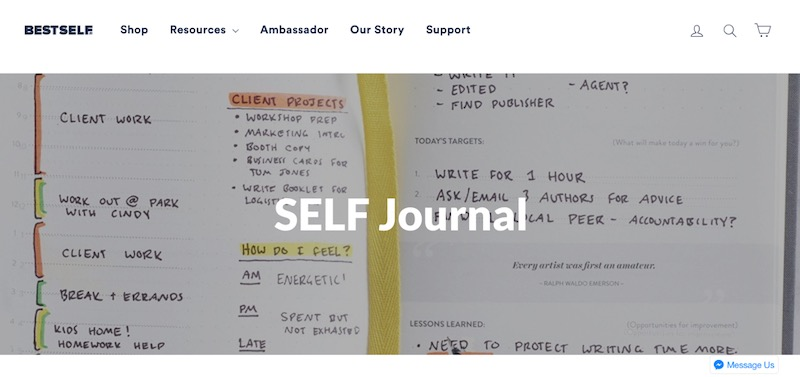
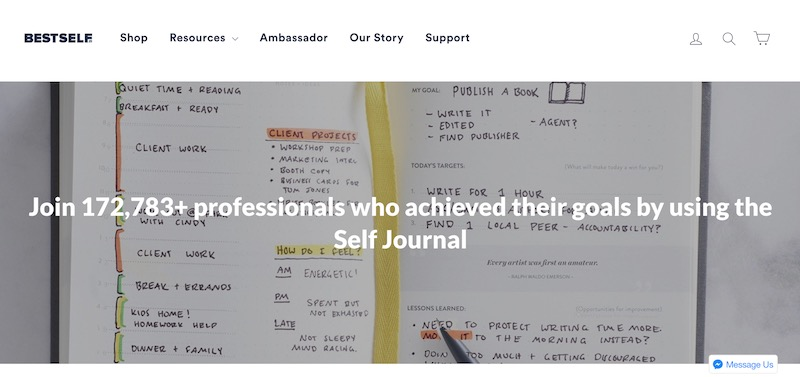
Creating winning versions to test:
To write (or rewrite) the USP of your product(s) for this A/B test, you need to identify the factors that motivate (or demotivate) your leads.
Asking questions like "What's stopping you from buying this product?" or "What made you buy this product?" can help you identify these.
There are many CRO tools like Hotjar, SurveyMonkey, and others that let you conduct such research for free. They help you set up feedback forms, polls, and surveys on your store and help you gather such insights.
Once you see a recurring theme in your users’ responses, that's what you'd want to address in your treatment. So if people say that they don't feel your product would be effective, address their objection by giving them some social proof in your USP. The USP example from the BestSelf store did exactly that. When BestSelf found in its research that its users didn't believe the Self Journal to be effective, it added a USP reassuring them that more than 170k users trusted it. So they could, too.
In your case, too, your user responses would translate to some compelling USPs to test.
#2: A/B test your mobile users' shopping experience
A significant number of online buyers now use mobiles for (or during) their shopping journey. There's a "mobile-only" segment as well. All this obviously makes the mobile shopping experience a key area for optimization for online retail businesses.
Many proactive eCommerce businesses now even look to have a mobile-first conversion optimization approach where they prioritize their mobile shopping experience over other things. Such efforts often bring massive returns. For instance, when Smith Optics (an online store selling high-quality eyewear, headgear, apparel, and accessories) ran an A/B test with a better mobile shopping experience, it gained an additional $13 000 per month in revenue.


Creating winning versions to test:
Now, as you can imagine, your users' mobile shopping experience includes tens of elements. So naturally you'd want to know what elements to test and how to prioritize the elements for testing.
The answers to these questions, will again, come from analysis.
To find them and learn insights for optimizing your users' mobile shopping experience, you'll need to see how your mobile leads engage with your store. By using tools like Hotjar, you'll have to "see" how your mobile visitors scroll through and behave on your mobile website. You'll have to observe where they tap, at what point they abandon your mobile cart page, how much they scroll and so on.
If, for instance, you notice that your mobile users do a lot of scrolling on your mobile's checkout page, then that would mean you need to simplify your page and also perhaps make your CTA clearer (so that users know where to tap to proceed). Likewise, if your mobile users show frustration while filling your checkout forms (with a lot of back and forth between the fields), you might have to pick the form layout to optimize first.
For uncovering such user experience optimization insights, you could also engage "real users" via user research solutions like UserTesting. Such solutions connect you with people who match your target audience and help you gather first-hand feedback from them. You can expect some very useful feedback from such users.
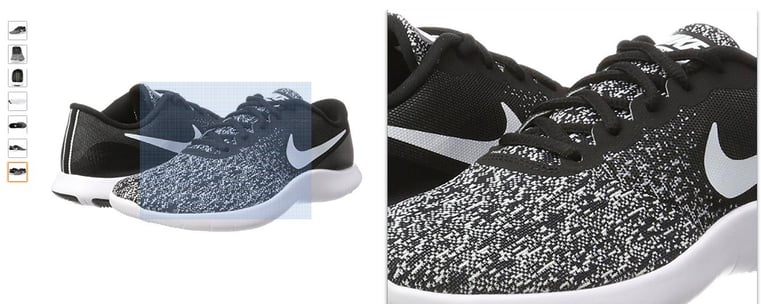
They might tell you that editing the cart is very difficult on mobile or that a lot of "zooming in" is needed, and so on. Such feedback can be very valuable and actionable for building your A/B test's treatment.
#3: A/B offers and promotions
Because most online stores offer sales and special offers multiple times a year, they become excellent conversion optimization opportunities.
But sadly most online stores approach such sales opportunities by simply implementing storewide banners. They fail to realize that most users simply don't see such banners and scroll right past them (a.k.a. Banner blindness!).
Not just that, sometimes the savings don't appear as big as they actually are -- again, diluting the offer's impact and reducing its perceived value.
Some stores make the offerings pretty complex -- for example, offers like an X% discount for a cart value greater than $Y and so on -- needing the users to do a lot of math that they'd gladly not do.
But changing how these promotions are offered and displayed can make a huge difference to the number of sales they generate. For example, when a swanky shoe retailer couldn't rake in many sales with its existing discounts, it decided to run an A/B test on how it displayed the discount. Its A/B test — that involved adding a bright discounted value bar to the product page — resulted in a 19% increase in the purchase conversion rate for the store and a 26% increase in the revenue per user. The store also bailed out from the situation of having to offer even higher discounted rates.
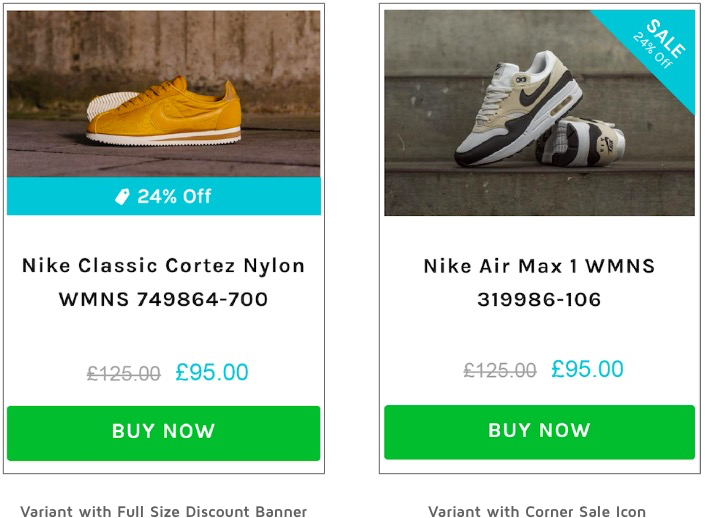
In another promotional offer A/B testing success story, a luxury handmade glass brand tested a free shipping offer to see how the offer could boost its sales, and if the higher sales could result in more revenue for the store despite the increased shipping costs. With the help of the A/B test, the store could ascertain and conclude that it could indeed offer free shipping and still remain profitable.
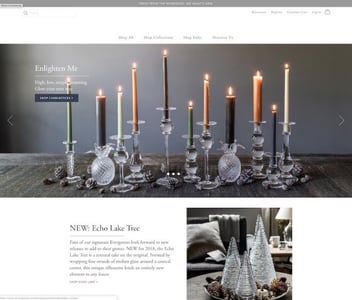
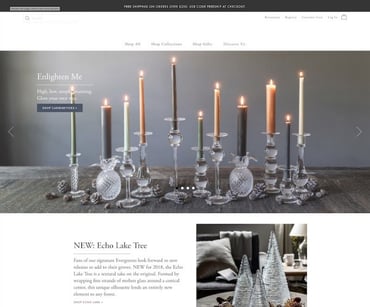
Creating winning versions to test:
The key optimization idea here is to keep the offers simple and unmissable. But as you can probably tell, there are many ways to use copy or design to do this. So there's no one right way here. That said, this article from NN Group does recommend some excellent ways to communicate such offers and discounts that you could use for planning your A/B tests.
Once you've decided upon the changes you'd like to test, it's time to pick an A/B testing tool. Most A/B testing tools now cater to enterprise-level audiences exclusively and five-figure annual contracts are a standard. So they aren't feasible for most of the emerging eCommerce brands.
But you do have a few free options like Google Optimize. While these solutions don't charge anything, they don't give you any support. Integrating them with solutions like Shopify and BigCommerce can also get challenging. So unless you've dev resources you might want to stay away from them too.
And then you've A/B testing solutions like Convert.com. These offer an enterprise-level A/B testing solution with easy monthly plans — especially suited for growing online retail brands. Our integrations with most eCommerce solutions work right out-of-the-box and you can begin testing within hours.
With that you should be all set for some serious A/B testing!
Wrapping it up…
We could have easily shared tens of A/B testing ideas with you here. But we didn't want to leave you with "just another list." We wanted to help you with some test ideas that we've seen to work consistently. And that's why we went with these three!
However, once you've tried these high-impact A/B tests, you can get into the always-be-testing mode where you test the zillion other aspects of your online selling such as return policies, payment options, or trust badges.
So tell us: Have you tried any of these A/B tests for your online store already? If yes, how did your tests do?

Disha is the content crafter at Convert.com, the brand behind Convert Experiences, a leading A/B testing tool for eCommerce brands. Disha covers a lot of eCommerce conversion optimization tips on the Convert blog.
The A/B testing doesn't have to end there! If you are exporting product feeds from your online store to multiple sales channels, you have the possibility to select certain factors in your listings to A/B test - find out about our Feed Marketing solutions and how it works in the explainer below:




